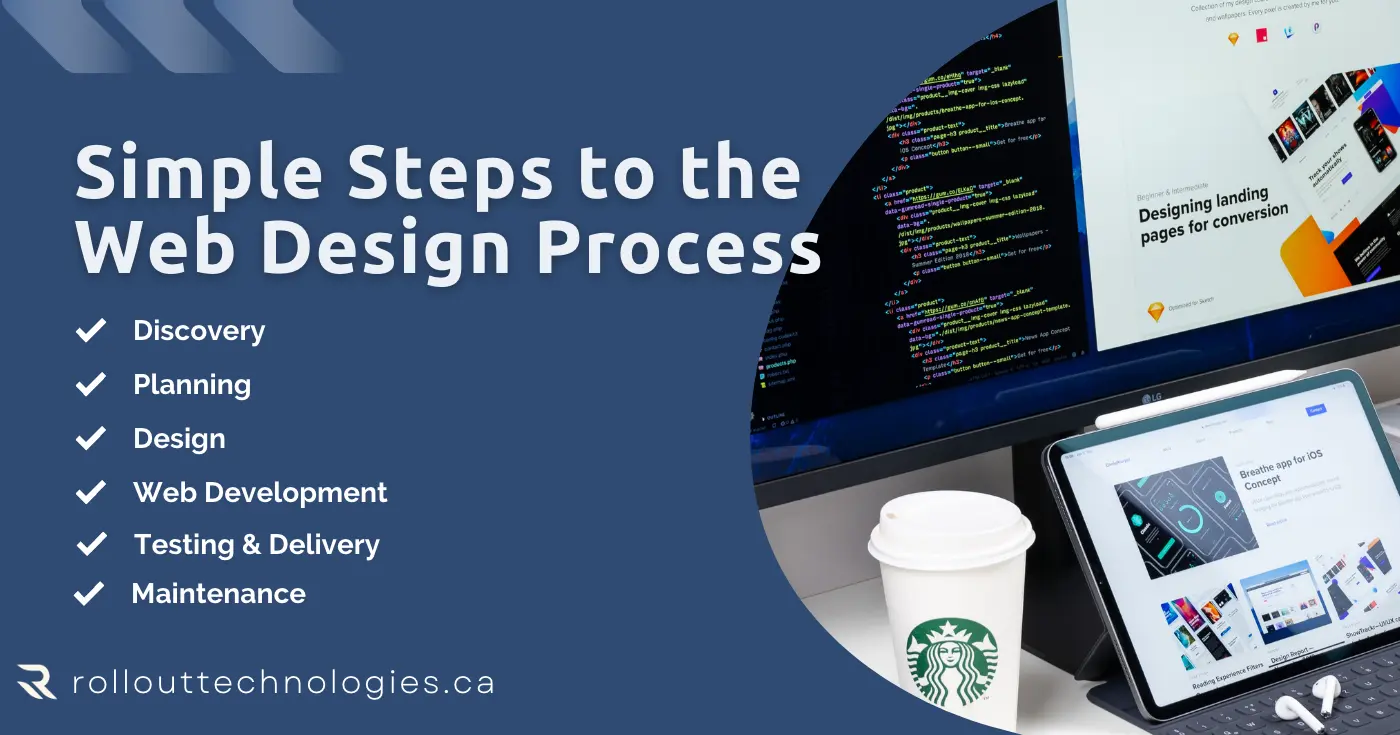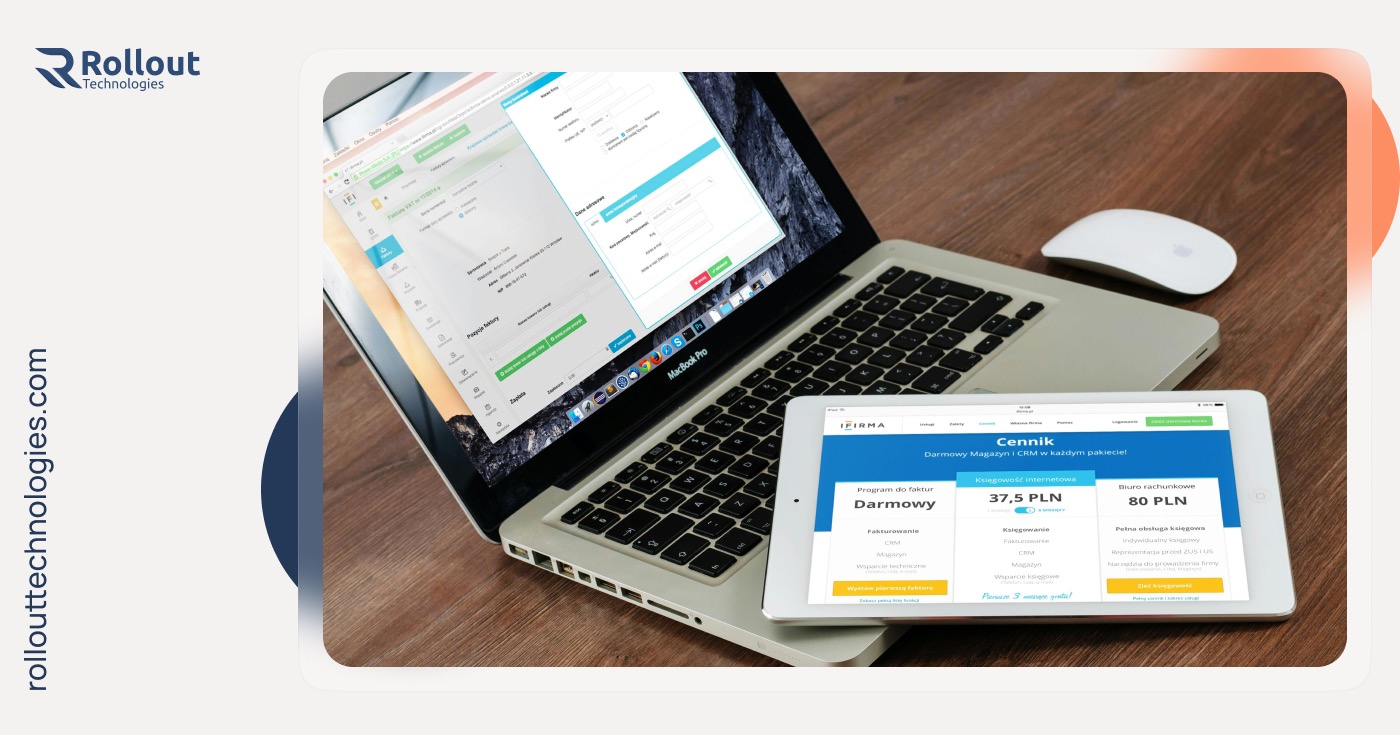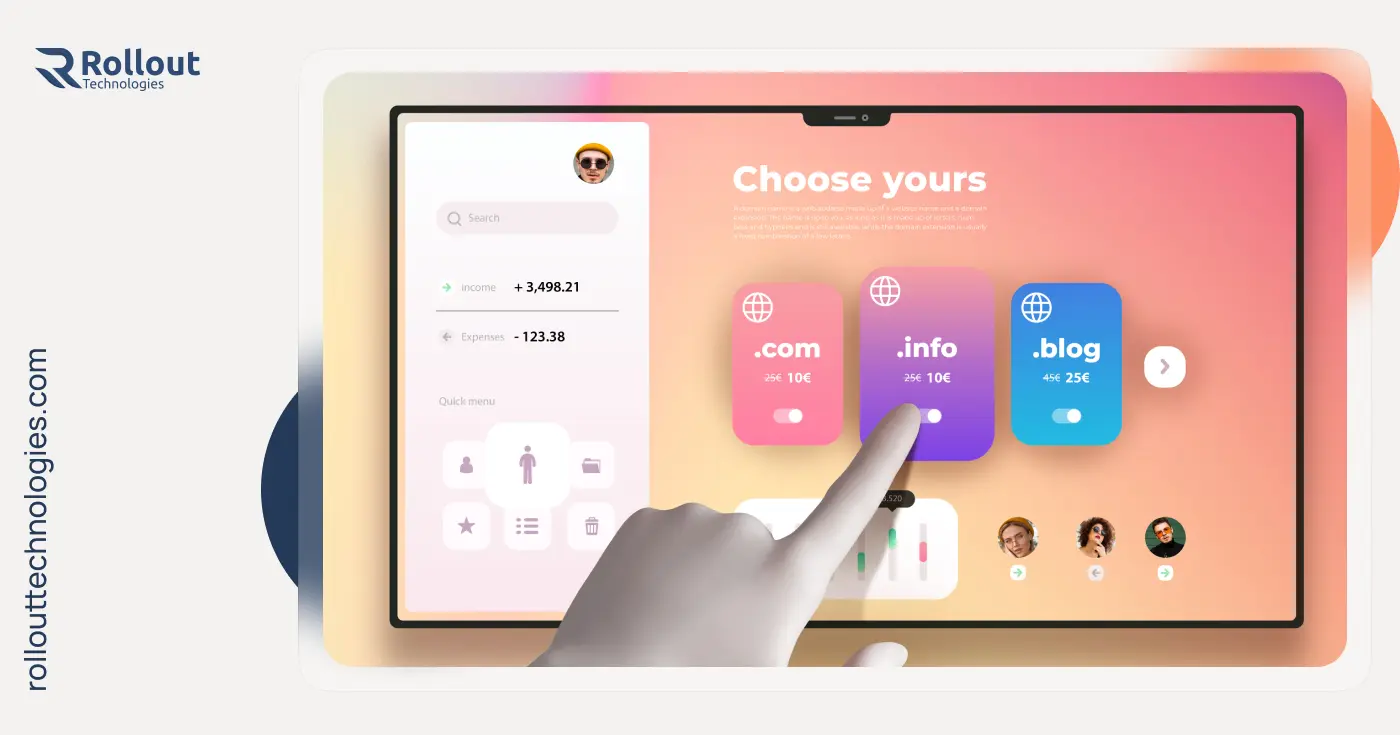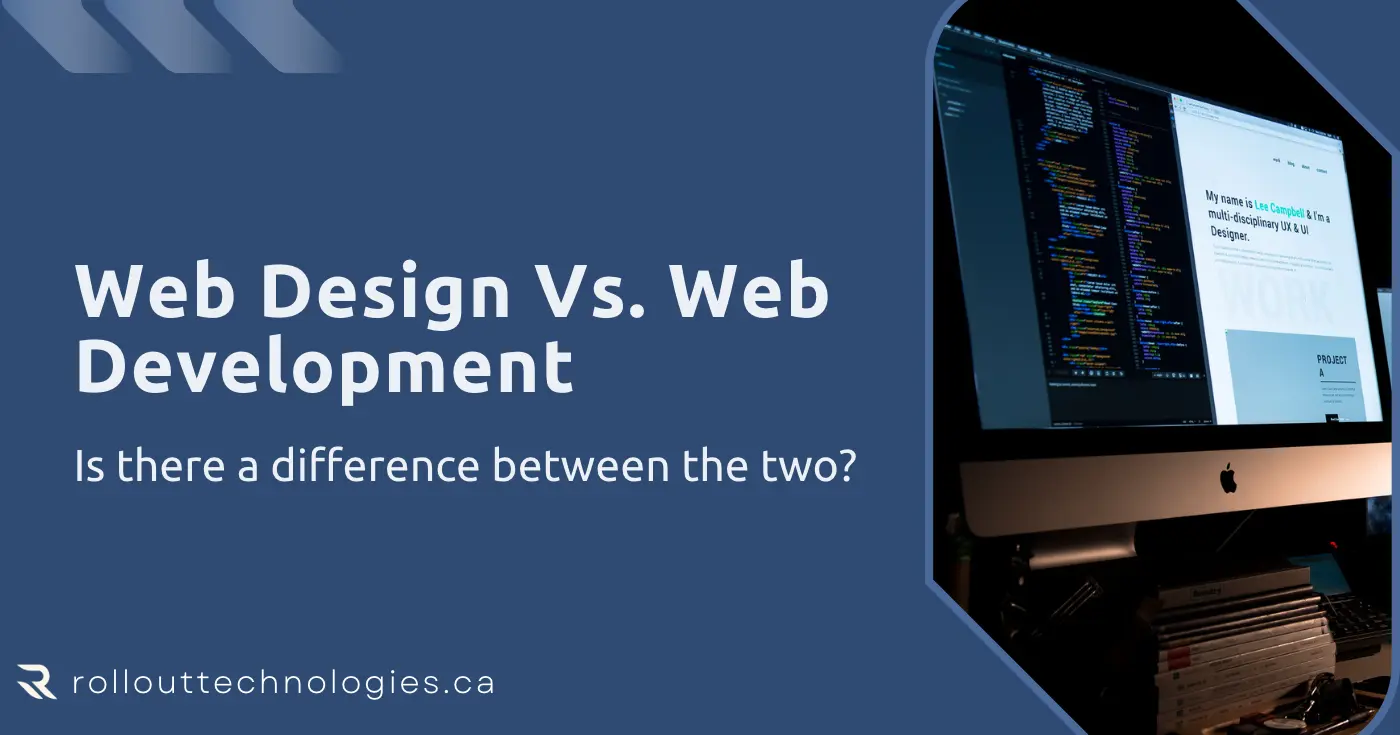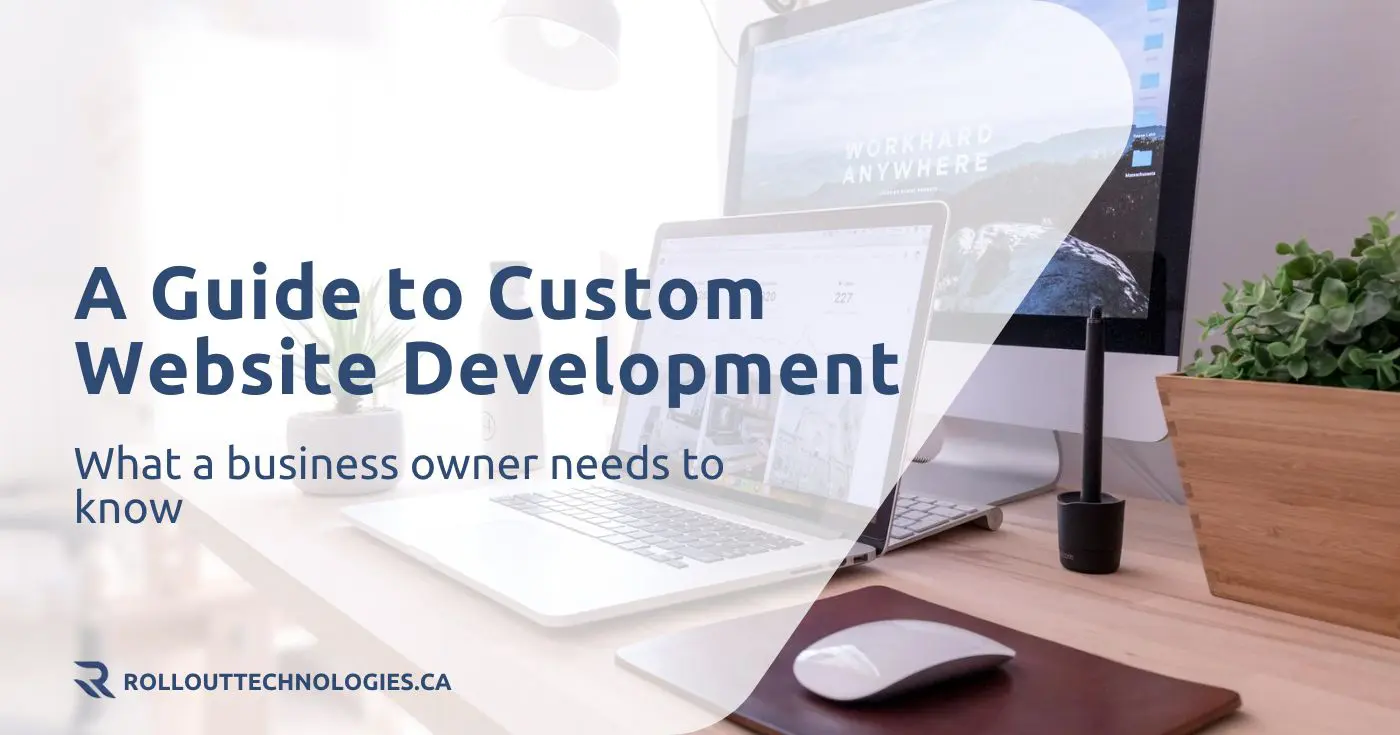The web design and web development process lay down the foundation for the identity of the web product. A good design process involves several steps. Today, several tools and ready-to-use templates are available that help users know the design process of a web design team. But it is noteworthy that professional designers and front-end developers adopt a strategy that defines a successful website development process. They follow it diligently to achieve the best results. The process and its application differentiate a reliable web design company from amateurs. A professional team includes
- UI designers
- UX designers
- Front-end developer
- Back-end developers
- Full-stack developers
- Automation Engineers
They all follow a step-by-step process for software development and web design.
Let’s know the detailed process.
Discovery
The first step in the web design and web development process is Discovery/ Research. For a design process, gathering the relevant information is critical as it will form a strong foundation for further steps. The client should answer the fundamental question of why the website is being created in the first place clearly in this step. The purpose of the site’s creation has to be defined as it will guide the developers to make different decisions in the web development process. Whether the software development and web application process is being done to provide information about particular goods and services or the website design is being done to promote and boost sales. The clients will furnish information on what they want their website to do. Knowing the business’s USP and using it strategically to create an attractive web presence is essential.
Next, the team defines the objective of the web design and web development process. In addition to this decision, the business has to define the target audience and proceed with the web design process based on their needs. Then, the team will initiate the web design process. The developers and the visual designers will work in tandem to create the perfect web design that will meet their specific requirements of visiting the website and making different decisions- collecting information, buying products and services, or taking subscriptions. The target audience decision plays a crucial role in defining the content and the web development process.
Planning
The second step in the web design and the web development process is planning to arrange the information gathered with a sitemap. It is the overall structure of the website that helps to achieve the best results. The sitemap provides a clear vision for the website development process. The web development team and the designers work to build a website around the most important pages and create easy website navigation. The easy–to–use interface helps users navigate the site effortlessly and get what they are looking for on the website or mobile app quickly. It will define the tabs- headings and subheadings and the content in each header.
A good web design and software development process includes unique, relevant, and attractive content that educates, informs, and persuades the target audience- as the case may be. It is noteworthy that the designer’s work includes creating a uniform and consistent user interface and an easy navigation system that helps users get what they are looking for while visiting the website. Here the web development team decides the elements in the web design, such as the contact forms and specific plugins. The SEO strategy, a vital component that promotes the website and helps it reach out to the target audience, is also decided in this phase. So, the planning process focuses on creating the website site map, content development, and SEO strategy.
Design
Now comes the design process, where the UX designers decide on creating the perfect look and feel of the website with the best user interface. The success of building a good website design is that it focuses on creating a fully functional, glitch-free, and at the same time, visually appealing product. The web designers use the basic web page elements such as the header and widgets. They develop wireframes that provide a visual design framework that helps identify any challenges the designers might face during the design process. They are the basic layouts of the web product – low fidelity basic representation of the elements in the website, such as screens, and pages, on which the best development process is based. The prototype takes the wireframe process further, which is the mid to high fidelity early design model of the final interface of the website or the web application. It defines the visual elements that will be incorporated into the website. The focus is on creating and integrating the visual elements – the web application’s colours, logos, fonts, and imagery that sync with the target audience’s expectations. It is essential to create user experiences that the target user base finds attractive and functional and helps fulfill the purpose of visiting the website in the first place. For instance, a news portal will have a different look and feel than a web product compared to a website offering the latest fashion or information about contemporary music. A website of a bank or any other financial institution will differ from that which caters to the interests of the millennials, such as entertainment or online shopping. So, creating better and unique user experiences should be one of the objectives of the web design process.
Web Development
In this phase, the website is created, and a fully-functional and attractive website is made. The design team works on the coding, language, technology, and platform to go ahead with the web design and web development process. The front-end developers will implement the visual features visible to the users and ensure that they easily interact with the elements on the website. They are supported by the back-end developers responsible for managing the back-end of the website- servers, database, and application. They and the UX designers work together to create the website. The desktop and mobile responsiveness are checked to know the look and feel of the final product and how it interacts with the users. The team then integrates the content in the appropriate headers.
Testing & Delivery
Now comes the testing part of the web design and development process. The front-end developers and the UX designers will test the website’s functionality and check whether the features incorporated are working correctly. The website is tested for bugs and is reviewed for desktop and mobile responsiveness. The web design team migrates the files to the server, and the designers work on other sets of procedures and running a final check on the complete website- to know whether all the elements are working fine and the final product meets the expectations of the client. After the client approves the web design, it is time to deliver the site. The site goes live and is accessible to the users at this stage.
Maintenance
The web design and web development process do not end with the website’s launch. A good website development company will lay equal emphasis on creating the website and the maintenance of the site as well. A website needs changes and upgrades regularly to perform optimally. Continuous support is required to ensure that the website works properly and is bug-free with minimum downtime, and is accessible to users without any difficulty.
Conclusion
Rollout Technologies is a renowned name in the web design and web development arena, serving a large number of businesses in Canada for several years. With high-quality software development work and a website design team that comprises the best talents – front-end developers, full stack developers, and UX designers who work relentlessly to provide stunning results that meet the unique expectations of the clients. A good web design process requires the skills and expertise of a professional web design and development company, and it would be best to rely on one to get the desired results.
